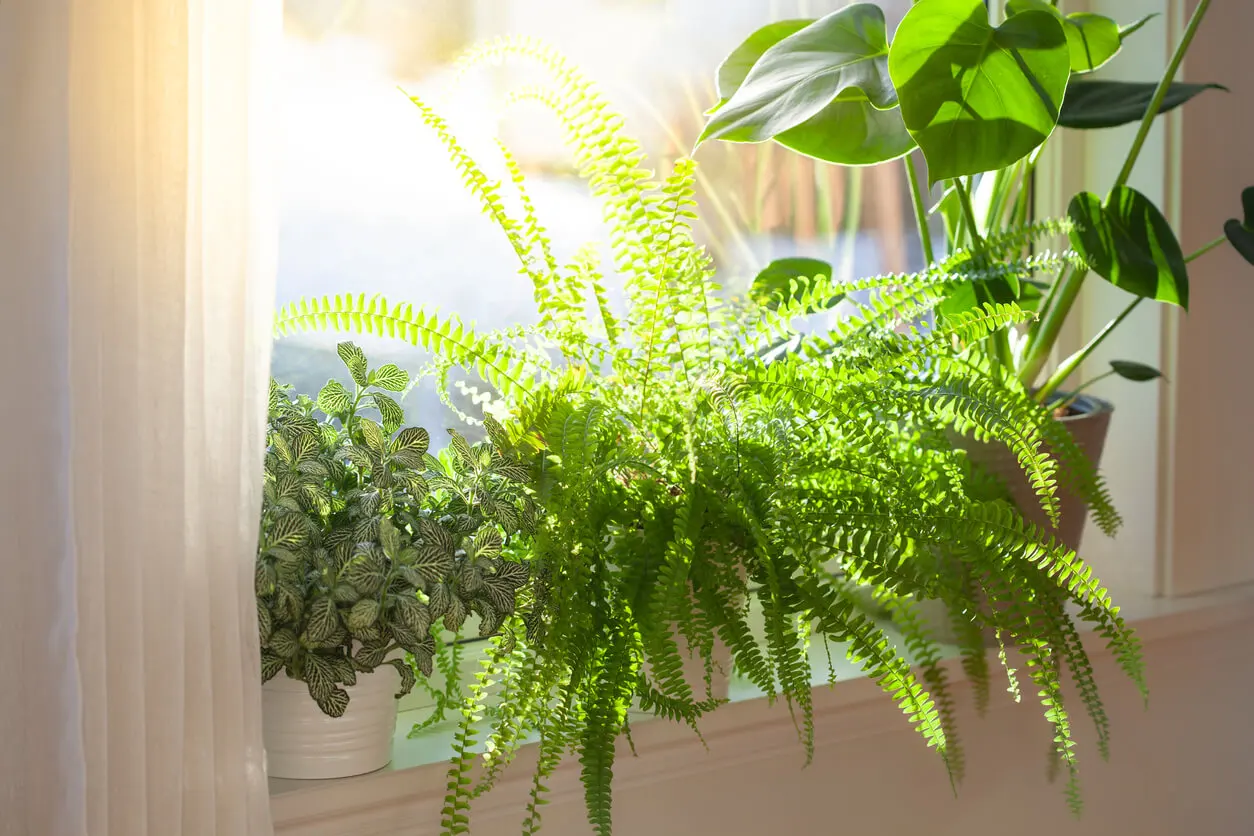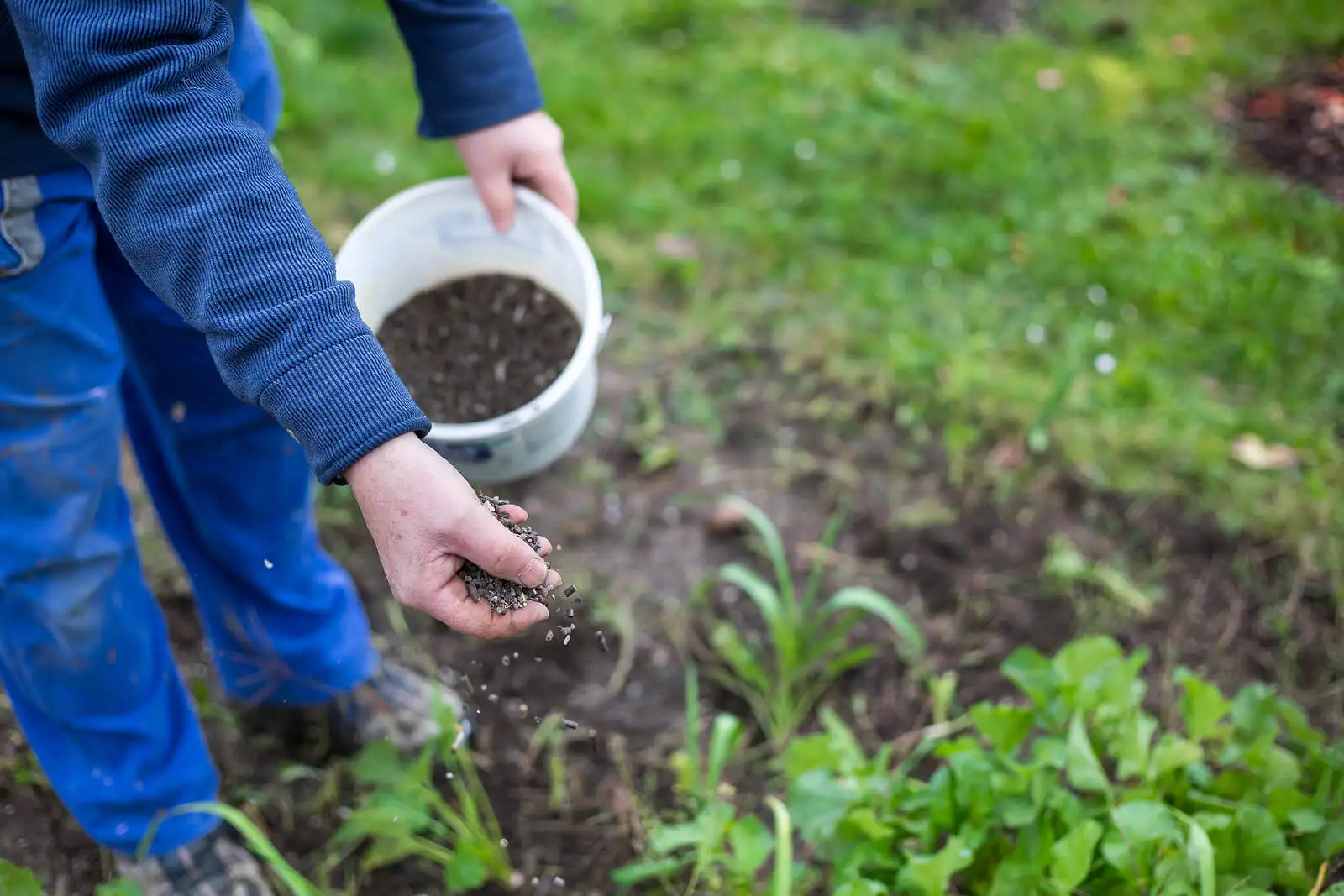Avoid These 7 Gardening Mistakes and Make Your Plants Bloom in Spring

What can you do to make your garden look beautiful in the spring? Or, better said: what should you avoid when it comes to gardening in the spring? Sometimes, out of ignorance, you may make gardening mistakes that take their toll on your plants.
Spring is indeed attractive to birds, brings out the best attributes of flowers, and, in general, offers a gratifying air of harmony after the cold. But truer still is that not caring for your garden as it deserves will detract at all from its springtime beauty.
So what are the best tips for your plants to thrive during this season? We’ll take a closer look in this article. But first, let’s take a look at the relevance of a spring-ready natural space.
Is it true that plants crave the spring?
Yes, plants do look forward to the arrival of spring. This is not a myth, but a fact studied by science.
Phys ORG reviews research developed by scientists from the University of Texas, in which they assure that plant species recognize this season, because they “remember” that they have spent a long cold period.
They identify this process as vernalization and it refers to the competition of plants to bloom after a cold period. In this regard, Revista Espejo adds that as soon as the flowers feel the heat, they begin to sprout. And they clarify that it is not that plants do not live in winter, but that in this phase they take advantage and “sleep”.
There are specimens accustomed to temperate climates and the cold could go unnoticed. Some species require moderate temperatures. This depends, to a great extent, on their genetic and molecular factors.
In short, plants are waiting for the spring season. When it’s around the corner, it’s necessary to prepare for it and, above all, prevent mistakes that may impede flowering.
Be careful and avoid these gardening mistakes so that your plants bloom in the spring
Once the frost is over and the soil is acclimatized, the spring environment in the garden begins to be prepared. It’s imperative that you address soil conditions in preparation for blooming. Remember that the ravages of frost damage both plants and planting sites.
So clean up, weed, and check for pest invasion. Spring often brings late cold snaps, so it’s best to have some blankets on hand to protect plants that need them.
Now, what are the most comment gardening mistakes that hinder flowering? We’ll reveal them below.
1. Forgetting about light
A Scientific American paper highlights the “show” trees put on in spring, as they “burst with brilliant foliage to celebrate the end of winter.” This greening of leaves is due to the wavelengths absorbed by their cells and processed in photosynthesis.
Such a journey is inescapable in any plant. Even if some do well in the shade or semi-shade, total darkness is not an option.
Find out which species are exposed to direct or indirect sunlight, as well as which ones appreciate being placed indoors. However, never forget that all plants need lighting to thrive and bloom.
We think you may also enjoy reading this article: Plants, Care, and Tips to Start a Butterfly Garden at Home

2. Gardening mistakes: Chasing away pollinators
Don’t scare off bees, butterflies, and other pollinators! Spring is the perfect excuse to attract them to the garden. Plant seeds, bulbs, and vegetables in planters, flower beds, or directly in the ground.
Install bird feeders and water fountains. These tips transform gardens into welcoming and frequent areas for pollinators, which are essential to a plant’s cycle.
3. Watering schedule
The University of Illinois talks about the water stress that plants suffer from waterlogged or wet areas. As a suggestion, they mention the importance of preparing the soil in such a way that it is not affected by too much water or too much drought. This applies even in spring.
Another blunder is to offer equal irrigation to everything planted. Find out plant by plant if they are capable of storing water or if they require regular watering.
Acting from ignorance would dry them out or rot them. Based on this premise, during the spring, water according to the requirements of the species.
4. Uncontrolled pruning
It is a mistake to prune fruit trees when they start flowering; do it earlier to increase yields. As for lawn and shrub control pruning, mid-spring is a good time to do it.
5. Poor placement is one of the gardening mistakes
There are indoor and outdoor plants. Reversing the location would be counterproductive. In the case of apartments, balconies function as that exterior that in other circumstances represents a patio.
But the essential thing, whatever the type of specimen, is to respect its demands and habits. This means that, as they become accustomed to a place and get everything they need, moving them to a different position could make them sick.
A tip to know the ideal position for plants is to learn about their characteristics. This way, you learn if they prefer sun or shade and if it is better to grow them indoors or outdoors.
6. Using too much or the wrong fertilizer
As much as you may long for an amazing spring bloom, abusing fertilizer won’t make it happen. This is a common gardening mistake.
The University of Minnesota stresses the importance of using these products wisely and following the directions on the label so as not to damage plants and the environment.
In spring, many plants don’t need as much fertilizer because they still have the reserve from the cold period. If necessary, fertilize at the end of flowering and dosing the product.

Like this article? You may also like to read: How to Grow a Succulent Garden and The Best Plants to Use
7. Not preparing for the arrival of the season
Don’t wait until spring to prepare the garden. Cleaning, eliminating wilted flowers, and changing pots are issues that can be solved with some anticipation.
Bonus tip: Creating a gardening calendar avoids mistakes in spring
Just as it helps to create a garden calendar to know what to plant before the arrival of spring, it also helps to have an agenda in which you organize the types of plants, the frequency of watering, and the particular requirements of each species.
As a suggestion, we recommend creating a list of tasks that involve caring for the flowers and the soil, as well as changing pots, adding nutrients, and cleaning. Cross off the completed activities and do not forget to note in your record if you observe any anomaly in the plant, since this contributes to attacking possible diseases caused by pests and fungi.
All cited sources were thoroughly reviewed by our team to ensure their quality, reliability, currency, and validity. The bibliography of this article was considered reliable and of academic or scientific accuracy.
- Berrelleza, G. (2021). ¿Por qué las plantas florecen en primavera? Revista Espejo. https://revistaespejo.com/reflexiones/por-que-las-plantas-florecen-en-primavera/
- Moskowitz, C. (2023). La ciencia del espectáculo verde de primavera. Scientific American. https://www.scientificamerican.com/article/the-science-of-springs-green-show/
- Universidad de Illinois. Aspectos a tener en cuenta para saber qué plantar en cada lugar. https://web.extension.illinois.edu/beyond_sp/matching.cfm
- Universidad de Minnesota (2020). Guía rápida para fertilizar plantas. https://extension.umn.edu/manage-soil-nutrients/quick-guide-fertilizing-plants
- Universidad de Texas. (2010). Las plantas ‘recuerdan’ el invierno para florecer en primavera con la ayuda de una molécula especial. Phys ORG. https://phys.org/news/2010-12-winter-bloom-special-molecule.html
This text is provided for informational purposes only and does not replace consultation with a professional. If in doubt, consult your specialist.








